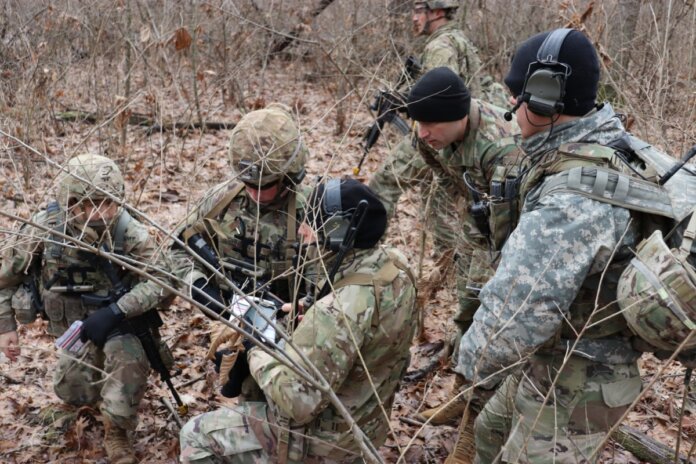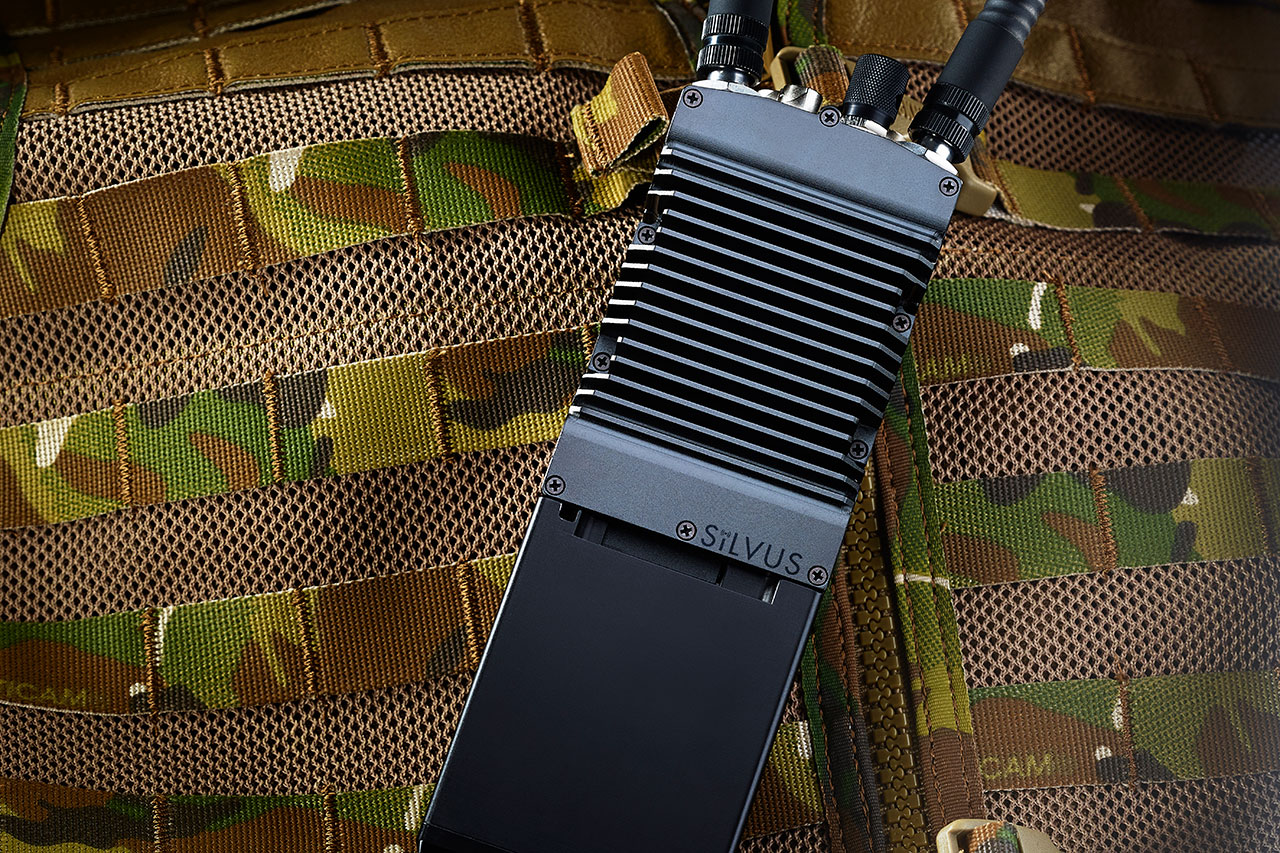
The next iteration of the US Army’s Integrated Tactical Network, known as Capability Set 23, is moving ahead.
The US Army’s Integrated Tactical Network (ITN) has a simple philosophy. The army wants a deployable network handling non-classified traffic using military radios and civilian devices. The latter includes smartphones and tablets. Hiving off non-classified traffic onto the ITN frees space on other tactical communications networks for secure traffic. In a world where bandwidth is becoming a precious resource on and off the battlefield, this has clear benefits. As it is not handling non-classified traffic, the ITN can connect US Army units with allied forces assisting coalition operations.
Writ large, the programme aims to correct mistakes the army has made when procuring communications systems in the past. “US legacy tactical communications programmes such as WIN-T and JTRS have followed very rigid procurement processes that did not always deliver,” says Jimi Henderson, vice president of sales at Silvus Technologies. The result was that some of these programmes did not always deliver desired capabilities. “ITN is a rethink of how we procure and field communications equipment”.
Echelons
The US Army has told the author that the ITN will be implemented at brigade, battalion, company, platoon and squad levels. The force is acquiring an array of equipment to support the ITN including Klas Telecom’s Battalion and Company Tactical Radio Integration Kit. This provides brigade, battalion and company voice and data gateways. ITN devices need a common operating system. This is furnished by Sierra Nevada Corporation’s TRAX software which processes the data moved around the network. PAR Government’s TAK Tactical Assault Kit server software helps manage the ITN. 4K Solutions is providing mobile broadband wifi systems deployable on the battlefield to help host the ITN. Hoverfly, GATR and Tampa Microwave provide the network’s conventional and satellite communications antennas. TrellisWare furnishes its TW-950 and TW-875 radios, and Silvus Technologies its’ AN/PRC-169 StreamCaster radios. Samsung Tactical Smartphone End User Devices (EUDs) with their cellular functions disabled running PAR Government’s WINTAK software will furnish dismounted troops providing a conduit to send and receive ITN data.
The AN/PRC-169 StreamCaster radio provides communications between brigade and battalion command posts providing a self-organising Mobile Ad-Hoc Network (MANET). The software defined radios’ multiple-in/multiple-out architecture mitigates interference across multiple microwave frequency bands. Inter- and intra-platoon and company ITN communications is provided by TrellisWare’s TSM ultra-high frequency (300MHz to three gigahertz) waveform. TSM is already carried by an array of army radios, notably Thales AN/PRC-148D and L3Harris AN/PRC-163 handheld transceivers. It is also used by L3Harris’ AN/PRC-158 and Collins’ AN/PRC-162 backpack radios. To give an example of how the ITN will work, a soldier connects their EUD to their handheld radio. This ensemble is used to send and receive unclassified voice and data traffic across the network. Likewise, they maybe in range of the mobile broadband infrastructure and connect their EUD to this avoiding the need to use their radio.

Capability Sets
The US Army is introducing the ITN via several so-called ‘Capability Sets’ which are being rolled out across US Army manoeuvre brigades. CS21 has already been fielded with infantry Brigade Combat Teams (BCTs) providing communications at the halt. The 82nd Airborne Division’s 1st and 3rd Brigade Combat Teams (BCT) now have the ITN. They are joined by the 25th Infantry Division’s 173rd Airborne Brigade and 3rd BCT. US Army Enhanced Expeditionary Signal Battalions (ESBEs) which provide communications support to US Army expeditionary forces have received the ITN. The Multi-Domain Task Force (MDTF) joins the ESBEs in obtaining the network. In the words of the US Army the MDTF is a “theatre-level manoeuvre (element) designed to synchronise precision effects and precision fires in all domains against adversary anti-access/area-denial networks in all domains”.
CS23 takes the ITN architecture into Stryker BCTs built around General Dynamics’ M-1126 Stryker family of wheeled armoured fighting vehicles. Many of the ITN hardware components for the Stryker BCTs remain the same as those for the infantry BCTs, says Mr. Henderson. That said, some of the waveforms used to carry traffic across the ITN in the Stryker BCTs will receive Silvus’ latest spectrum dominance enhancements with advanced interference avoidance and cancellation capabilities. As with the infantry BCTs, Stryker units will use the ITN for communications at the halt.
Work is already ongoing for CS25, Mr. Henderson adds. This will be rolled out across armoured BCTs. Unlike the CS21/23 architectures this provides ITN on-the-move. It will also see air assets like uninhabited aerial vehicles being used as communications relays to extend deployed ITNs. Mr. Henderson said he looks forward to the army exploring the AN/PRC-169’s StreamCaster MANET attributes further. This could see it supporting other use cases such as distributed command post covert communications in contested/congested environments.
by Dr. Thomas Withington












